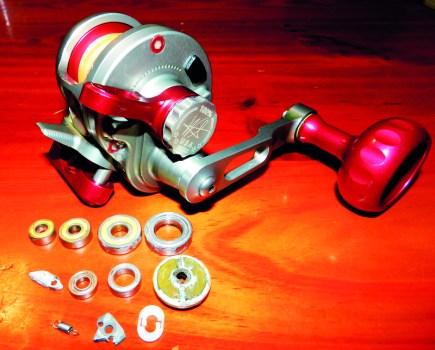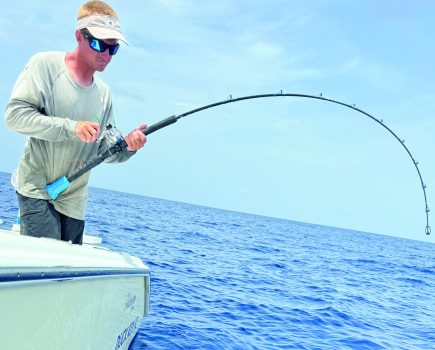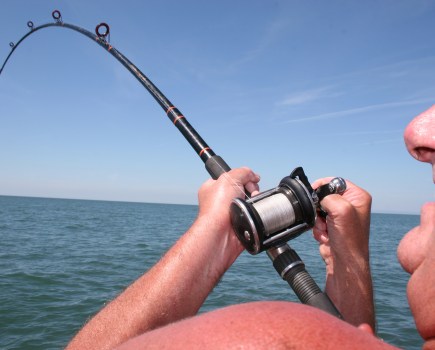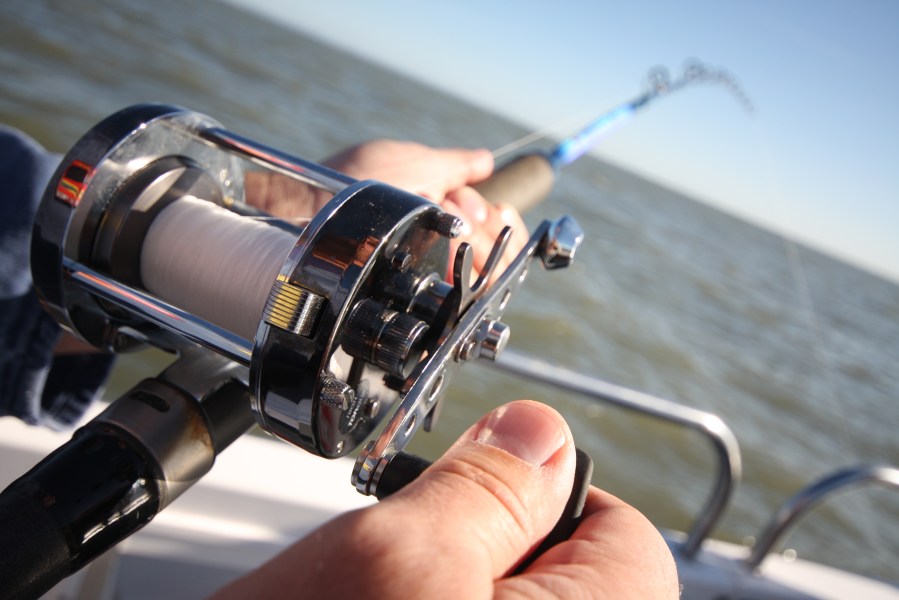When your reel fails it’s not going to be catching a dab or whiting; it will be on a PB or, worst case scenario, a fish of a lifetime. Rodney Goodship explains how to keep your reel in peak condition for when you need it most
For over 12 years I have been running the repair, service and warranty centre for Seigler Reels US here in the UK. I’ve seen the good, the bad and the ugly of UK fishing reels. The range has astonished me: from the perfect reels in for a full service at the end of the season, to the seized solid, stored in a bag in the shed at the start of the season. The one thing I tell all my customers: bad reels never get better all on their own. If something is wrong, get it sorted sooner rather than later.

RUST
The number one killer of fishing reels is rust. After every trip you must clean your reels as soon as you can. How you do it is up to you: from full immersion to just a spray or under a running tap. All are fine but you must then dry the reel too. Shaking is good, as is drying in the sun. A hair dryer works well too. Then, when, and only when, you are sure its 100 per cent dry, give it a good spray with WD 40 or a light oil. Every few days it helps to spin the reel and work the drag just to keep it all moving. Dry, warm storage is also the number one tip for long reel life. Storing reels in a shoebox in the airing cupboard is the best place I have found, or near your hot water tank but never in a neoprene bag: a real reel killer!
All this will keep rust at bay and extend the reel life. However, all metals rust, even stainless and hybrid ceramics will rust, so to make sure you’ve got no hidden corrosion, take the reel apart and look for rust and treat with a good reel grease. If you feel able and confident to try a service here are a few tips.
- Some bearings come out easily and some are pigs, but they do need to come out and be checked. Clean with a good de-greaser or lighter fuel and dry.
- If they don’t run smoothly replace them. Bad bearings never get better.
- Pack the new ones with grease but don’t overfill. Grease is very good at stopping galvanic corrosion where stainless steel screws are going into aluminium bodies. Even better, replace the screws with aluminium ones.
If you get stuck with a service just send all the parts to a service centre and they will sort you out. I regularly get a bag of bits! Photos as you are taking it apart help as well. When you are buying bearings you get what you pay for. Cheap bearings are cheap for a reason.

PUMP & WIND
The number two killer of reels is misuse. Modern reels have high ratios up to 7 to 1, high drags up to 50lb, and power handles. You will often see the reels being used as small winches. To get the high speeds the makers use smaller pinion gears. If you think about how gears work, only one tooth is in perfect position at any one time.
The gear can be as small as 10mm and the tooth 1mm. All this power goes through a very small piece of metal. Don’t put the rod in the holder on the gunnel and use the reel as a winch! Use the rod, not the reel, to beat the fish. “Pump and wind, don’t grind“, is often heard on my boat. I am now replacing more and more pinion gears as this misuse causes wear and also affects the drag setting as well.

WHAT A DRAG!
Drag settings should be 20 to 30 per cent of the line strength. A fish will tire better taking line and it has been proven that the second run will always be less than the first. Make a big fish work. The build-up of lactic acid in the fish will get the job done. Just remember to keep tension on the rod/reel when you pump and wind so not to lose line on the reel.
Another one that makes me laugh at the service centre is where the complaint is the drag is not working. Guess what? The line is slipping around the spool as there is no backing. Always use tape on the spool then 20 to 30 yards of mono backing. Fill, but don’t over fill, with braid as tight as you can. Use a heavy weight on the bottom, or troll a weight on the way out to your fishing grounds, to get as much tension in the spooled braid as possible







